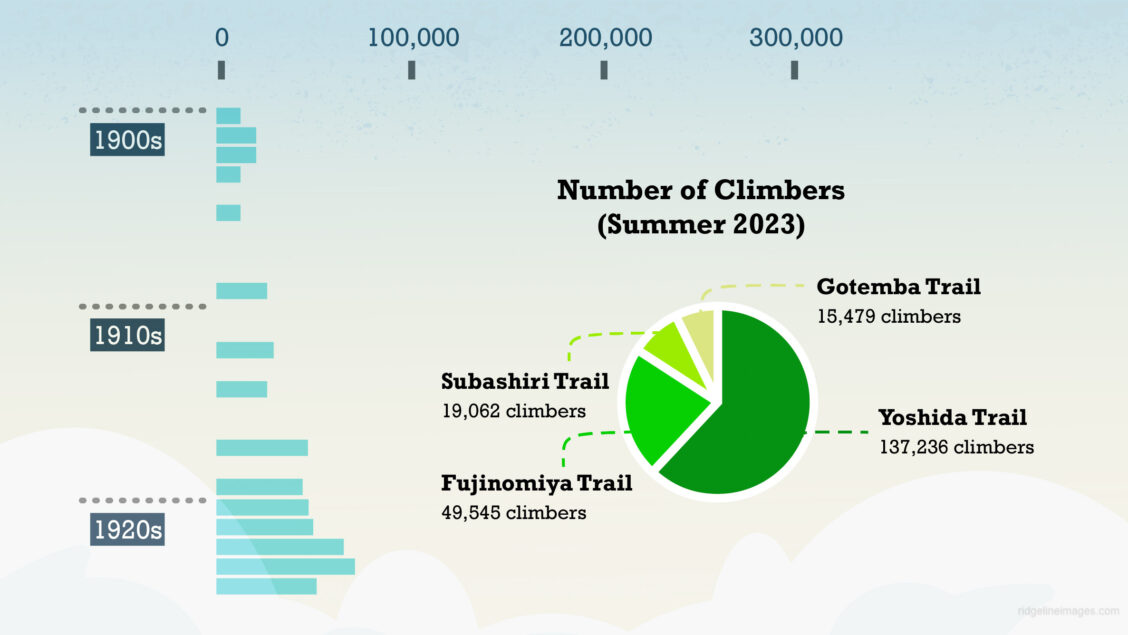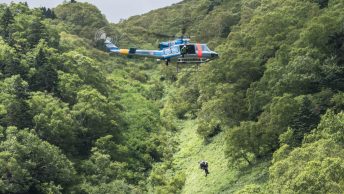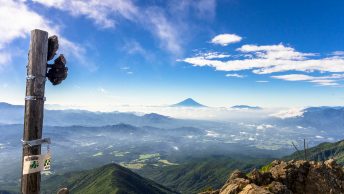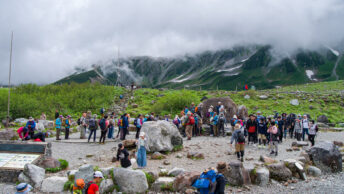Stemming the Endless Tide on Fuji-san
Even when shrouded in rain, Mount Fuji retains its magnetic charm, as evidenced by the throngs who dared to climb it in 2017, a year when Tokyo recorded a staggering 21 consecutive days of rain in August. This dedication to reaching the summit highlights the allure of the mountain, but it also presents a challenge: managing the sheer number of climbers.
In 2000, when I trekked to the summit at dawn during the first week of the climbing season, I was startled by the number of hikers eager to witness the sunrise. As many as there may have been on that occasion, it pales in comparison to some days, such as the one on August 13, 2017, when over 8,000 climbers crowded the slopes.
In pre-pandemic years, Mount Fuji saw upwards of 300,000 climbers converge upon it during the brief two-month climbing season. This resulted in significant environmental concerns, with large amounts of rubbish and human waste accumulating on the slopes, along with a strain on facilities.
While it has been a long time coming, to address congestion concerns, authorities have implemented a daily quota system (4,000 climbers) and a ¥2,000 fee on the Yoshida Trail for the 2024 climbing season. This measure aims to strike a balance between preserving Fuji-san’s natural beauty and ensuring a safe and enjoyable experience for climbers. We’ll soon see how successful it is.
Apart from the data gathered in recent years, notably since 2004 when infrared counters were installed at the 8th station on all four mountain trails, the statistics are only intended to provide an approximate number of climbers in any given year.








Nice graphic. I been here since 1996. Didn’t know much of that – especially about the disaster / accidents. Appreciate the information. Nice work, as always.
Thanks for reading and commenting.
Loving your articles mate.
Cheers Dean and thanks for reading.